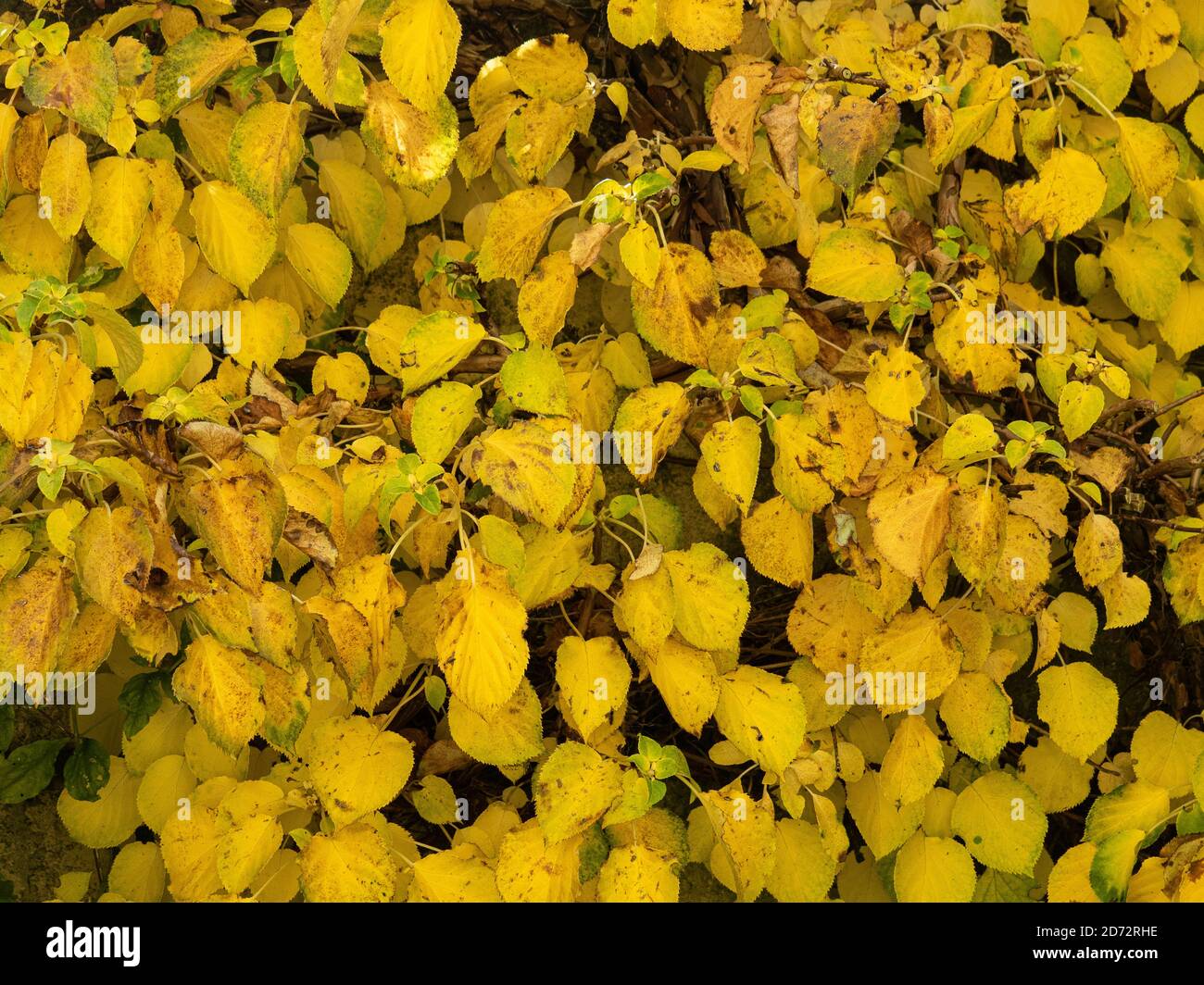Some Known Details About Hydrangea Leaves Turning Yellow
Wiki Article
8 Easy Facts About Hydrangea Leaves Turning Yellow Described
Table of ContentsHydrangea Leaves Turning Yellow Things To Know Before You Get ThisHydrangea Leaves Turning Yellow for DummiesSome Known Questions About Hydrangea Leaves Turning Yellow.Not known Facts About Hydrangea Leaves Turning YellowThe Buzz on Hydrangea Leaves Turning YellowHow Hydrangea Leaves Turning Yellow can Save You Time, Stress, and Money.
These issues are simple to identify and repair if you take steps prior to root rot embed in. A moisture meter can aid guide you to the very best method of adjustment. Huge fallen leaves typically look sagging throughout the mid-day warmth. When they stop working to cheer up in the night or still look shrivelled in the morning, your plant could be overwatered.Remove the plant from the soil and trim out any type of roots that aren't white and turgid (plump). Do not try to fix the problem by watering exceedingly.

The Basic Principles Of Hydrangea Leaves Turning Yellow
likewise first appears on the older leaves, yet the fallen leave blood vessels remain eco-friendly. A magnesium shortage shows up initially on old leaves and ought to not be puzzled with an iron shortage [Image: izzzy71/ Shutterstock. com] While there is usually sufficient iron in all-natural soil, hydrangeas often struggle to absorb enough of it.The very best method to avoid iron deficiency-chlorosis in hydrangeas is to plant them in ideal ericaceous or acidic dirt. When growing in a bed, mix in some peat or reduced-peat ericaceous compost and examine the p, H worth yearly. This is essential because the garden compost mixture around the plants will certainly affect the p, H worth of the soil over time and the p, H value may increase once again.

Some Known Factual Statements About Hydrangea Leaves Turning Yellow
September is the finest time of year to do something about those hydrangeas. Their fallen leaves are transforming yellow, the blossoms have faded, and their gangly look is making you crazy.Mophead, Lacecap and Oakleaf hydrangeas flower on old wood. Do not trim Mophead, Lacecaps and Oakleaf hydrangeas to the ground, as you will certainly get rid of the stems that are prepared to grow next spring.
That means you will not be removing also many of next year's flower buds. If the bush is obtaining bigger than you like, you can take out a 3rd of the live wood while you're in there.
The Greatest Guide To Hydrangea Leaves Turning Yellow
We're ideal in the middle of our late-blooming hydrangea period here, so I assumed I 'd share a tip for this specific sort of hydrangea that I discovered truly interesting. A great deal of people have a comparable problem with their panicle hydrangeas where they begin to see the leaves turning yellow and leaving at different parts of the period and it can be quite dramatic and quite concerning because it can occur actually quickly on a bush that looks like it's otherwise actually healthy and balanced.I've shared it on Instagram prior to, however I realized I have actually never ever informed you regarding this in a genuine, complete blog site message, so today I'm taking care of that. When I say that this relates to panicle hydrangeas, that indicates the sort of hydrangeas that usually more grow later on in summer, generally around August.
Where we stay in zone 6, they're quite very easy to have success with and they're truly prominent in our location, which is great since that suggests that there are hydrangeas almost almost everywhere at this time of year. When you see your hydrangea leaves starting to turn yellow, you could assume that your plant is dying or being abused in some means, however actually, the reverse holds true.
3 Easy Facts About Hydrangea Leaves Turning Yellow Shown
Courtenay is the author of guide The Cleaning Ninja and has been featured in various publications including Country Sampler Farmhouse Design, Better Residences and Gardens, Parents Publication, Real Simple, and Our Houses.
Waterlogged soil deprives the roots of oxygen, leading to root rot and yellow fallen over here leaves. On the other hand, underwatering or dehydration triggers the plant to shrivel and its vegetation to yellow. Keeping a regular watering timetable and ensuring appropriate water drainage with drain openings or layers can help stop these issues.
The Greatest Guide To Hydrangea Leaves Turning Yellow
With appropriate care and upkeep, hydrangeas can grow and preserve their dazzling, vibrant fallen leaves. Hydrangea leaves transforming yellow is a common concern that can be attributed to different aspects (Hydrangea Leaves Turning Yellow).The kind of yellowing seen (e. g. the setting of the influenced fallen leaves on the plant, and/or the pattern and setting of the yellowing on the leaf itself) will certainly commonly differ according to the cause. The chlorosis is regularly come with by various other sites signs providing additional clues as to the cause, e.Instances include sap-sucking insects such as aphids, red crawler mites and whiteflies, and origin feeders such as vine weevil and cabbage origin fly. When again it is typically feasible to discover the perpetrator on the fallen leaves or amongst the origins.
Report this wiki page